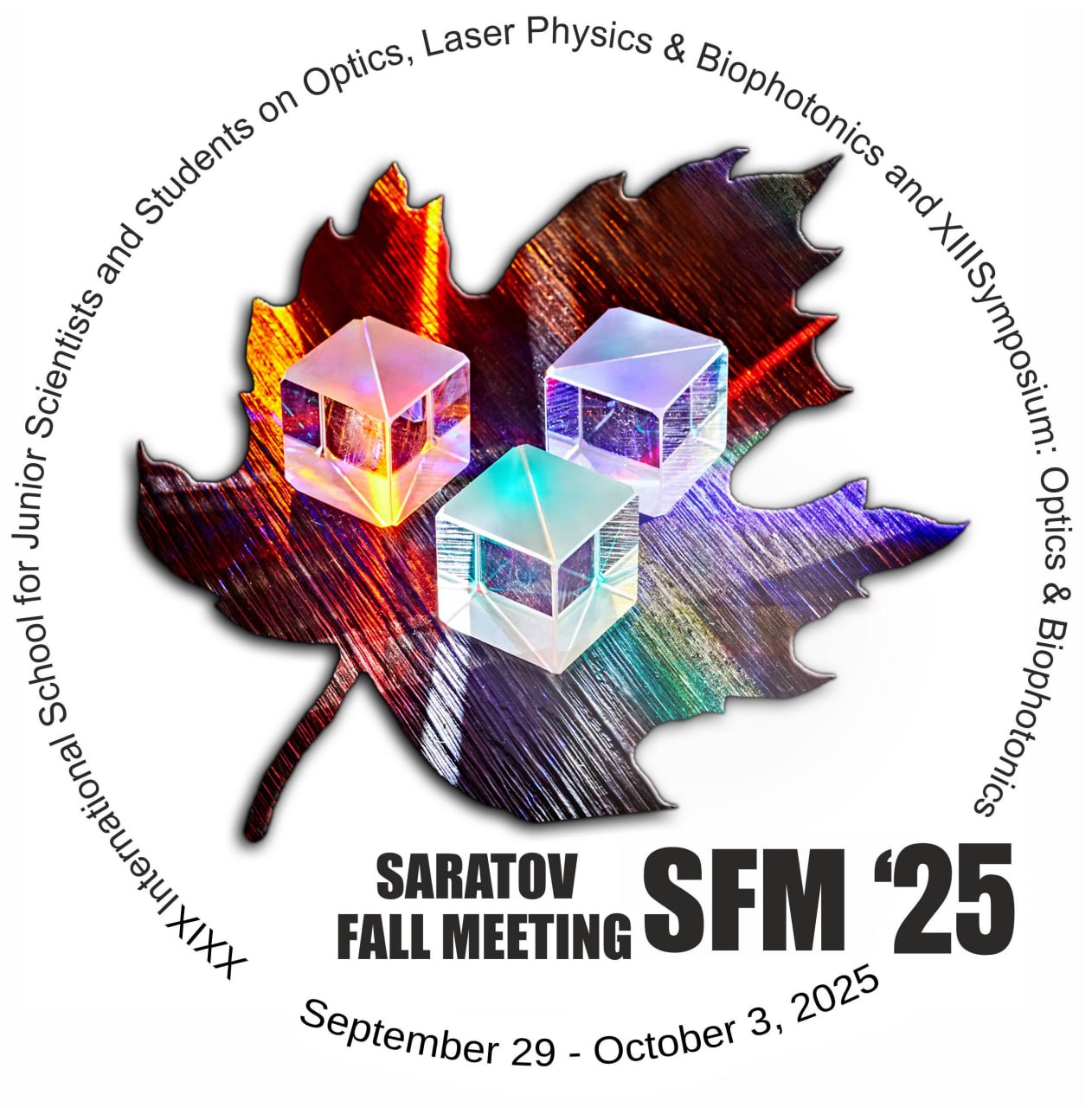Applying nonlocal coupling for coherence resonance control
Aleksey A. Ryabov1, Elena V. Rybalova1, Andrei V. Bukh1, Tatiana E. Vadivasova1, Vladimir V. Semenov1; 1Institute of Physics, Saratov State University, Saratov, Russia
Abstract
Coupling excitable oscillators represents a powerful tool for increasing the regularity of noise-induced oscillations in the regime of coherence resonance as compared to the coupling-free dynamics. Various coupling-based control schemes can be applied to achieve more or less pronounced coherence resonance as well as to adjust the optimal noise intensity corresponding to the peak regularity of the noise-induced oscillations. In the present research, such effects are discussed on an example of nonlocally coupled FitzHugh-Nagumo oscillators in the excitable regime. In particular, it is demonstrated by means of numerical simulations that increasing the coupling radius enables enhancing or suppressing the effect of coherence resonance which is reflected in the evolution of the dependence of the correlation time and the deviation of interspike intervals on the noise intensity. Nonlocal coupling is considered as an intermediate option between local and global coupling topologies which are also discussed in the context of the coherence resonance control. Intriguingly, all the aspects of the impact of local, non-local and global coupling on coherence resonance mentioned above are very similar to the influence of the mentioned kinds of coupling on stochastic resonance68. This fact indicates the fundamental character of the effect of coupling on noise-induced resonant phenomena.
This work was supported by the Russian Science Foundation (project No. 23-72-10040).
https://rscf.ru/project/23-72-10040/
Speaker
Aleksey Andreevich Ryabov
Saratov State University
Russia
Discussion
Ask question


